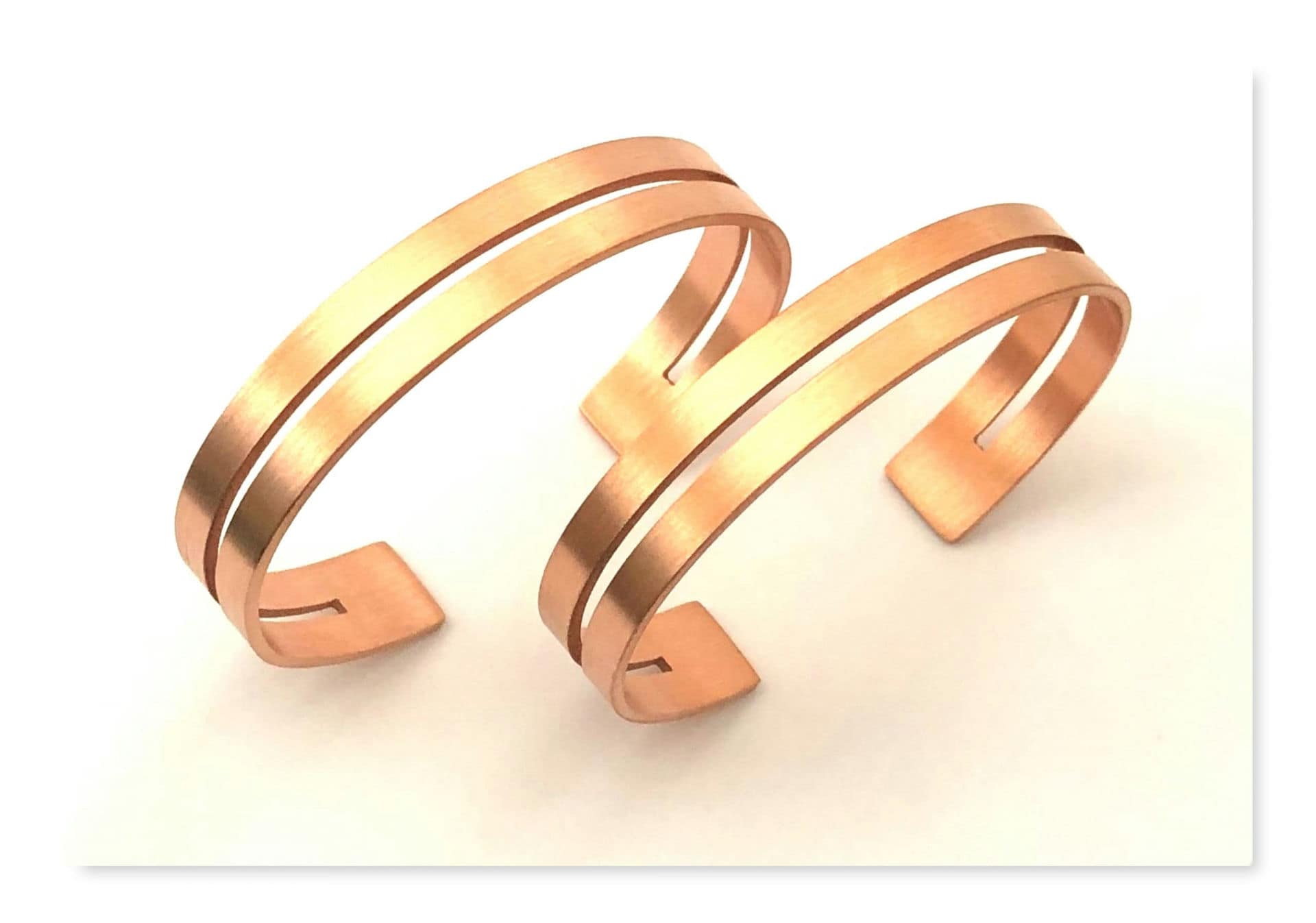Antimicrobial Copper
The antibacterial properties of copper have been known for thousands of years. In antiquity, in India, Greece and Egypt, copper, thanks to its physical and chemical properties, was used in metal therapy (it was an alternative method for treating and preventing diseases through contact of copper with the affected part of the body). Greek soldiers scraped copper from their swords and applied it to open wounds to prevent infection. The Aztecs used copper oxide and malachite to treat skin lesions. American pioneers, settling in new territories, used to place copper coins in water barrels to disinfect drinking water. The ancient Egyptians used ointments with an admixture of copper to inhibit the development of infections. The ancient Indians used copper alloy vessels to store food and water. The use of copper in medicine became widespread in the late 9th century. Various copper containing formulations have been used to treat chronic inflammation, skin eczema, tuberculosis, syphilis, lupus, and facial neuralgia.

Many scientific studies have proved the antimicrobial properties of copper and its alloys. Copper inhibits the development of pathogens, which, as a result of multiplication and spread, can contaminate the environment. Not only pure copper, but also copper alloys containing more than 63% copper show antimicrobial efficacy. Tests covered pure copper, high-copper alloys, brass, bronze, copper-nickel alloys and copper-nickel-zinc alloys. High-copper alloys kill microbes faster; however, generally, alloys with 63% copper content and above show good antimicrobial performance. All these alloys are collectively referred to as “Antimicrobial Copper”.
Copper and copper alloys showing antimicrobial properties are used wherever there is a high risk of spreading infection.
PUBLIC BUILDINGS
PUBLIC TRANSPORT
For detailed information on antimicrobial copper products, please contact our marketing department.
CALL, WRITE
Fast Contact
KONTAKT
